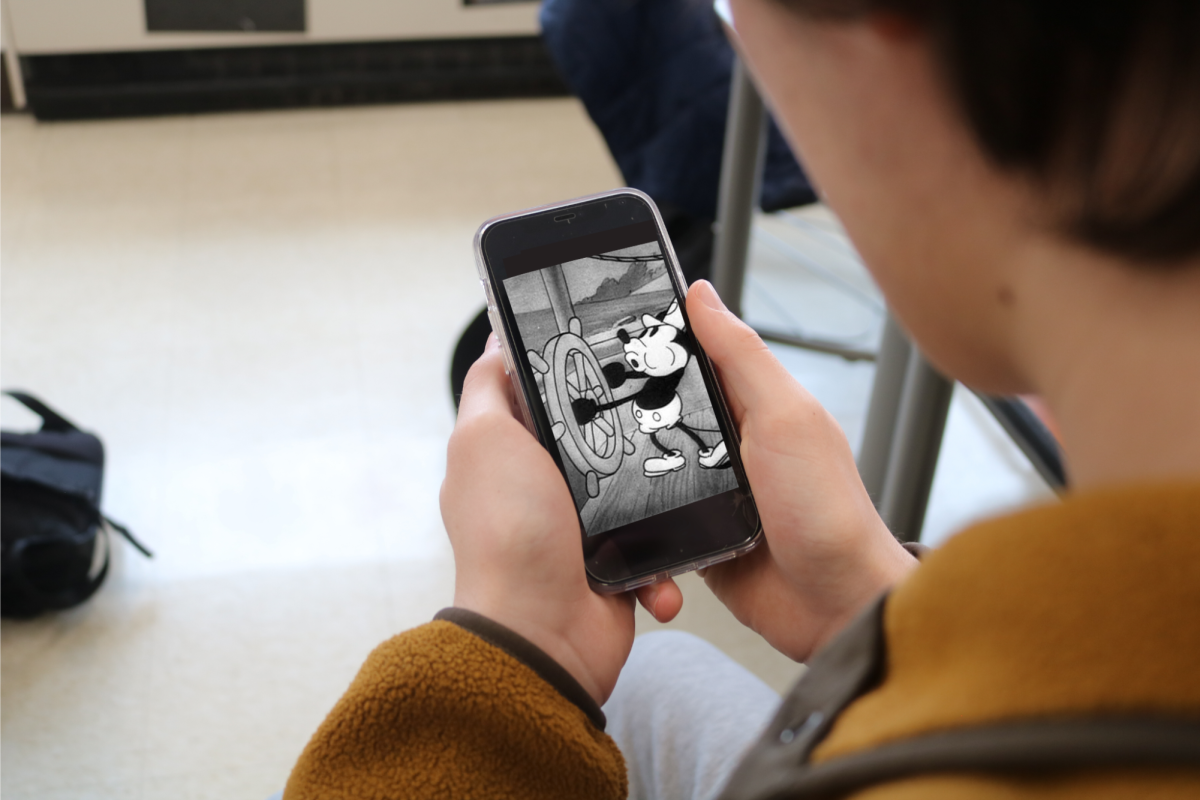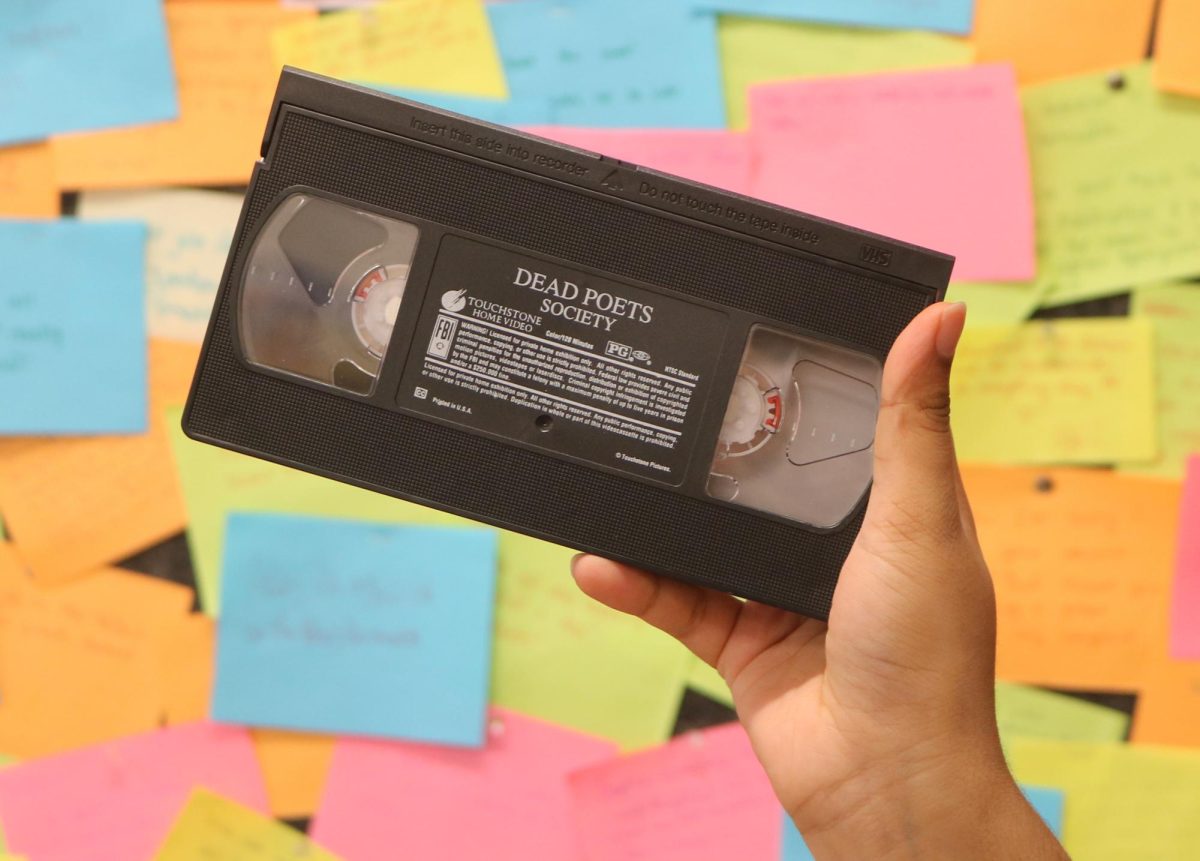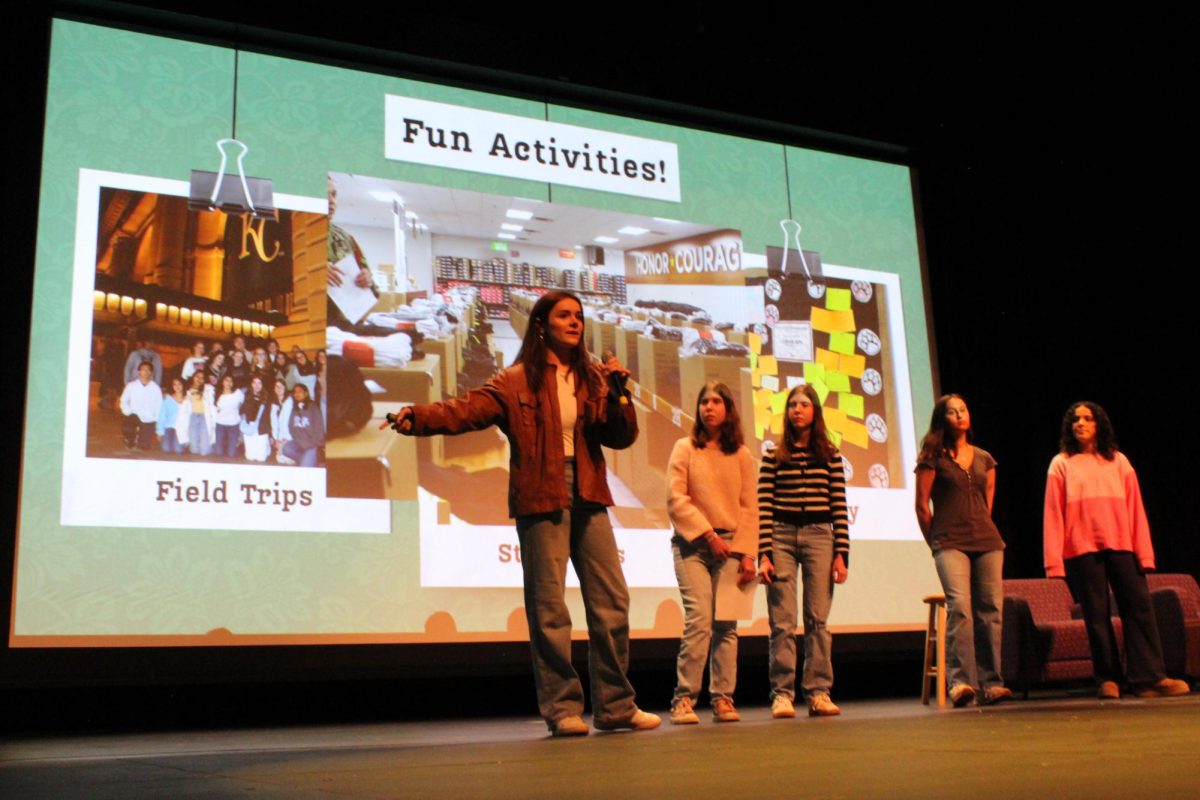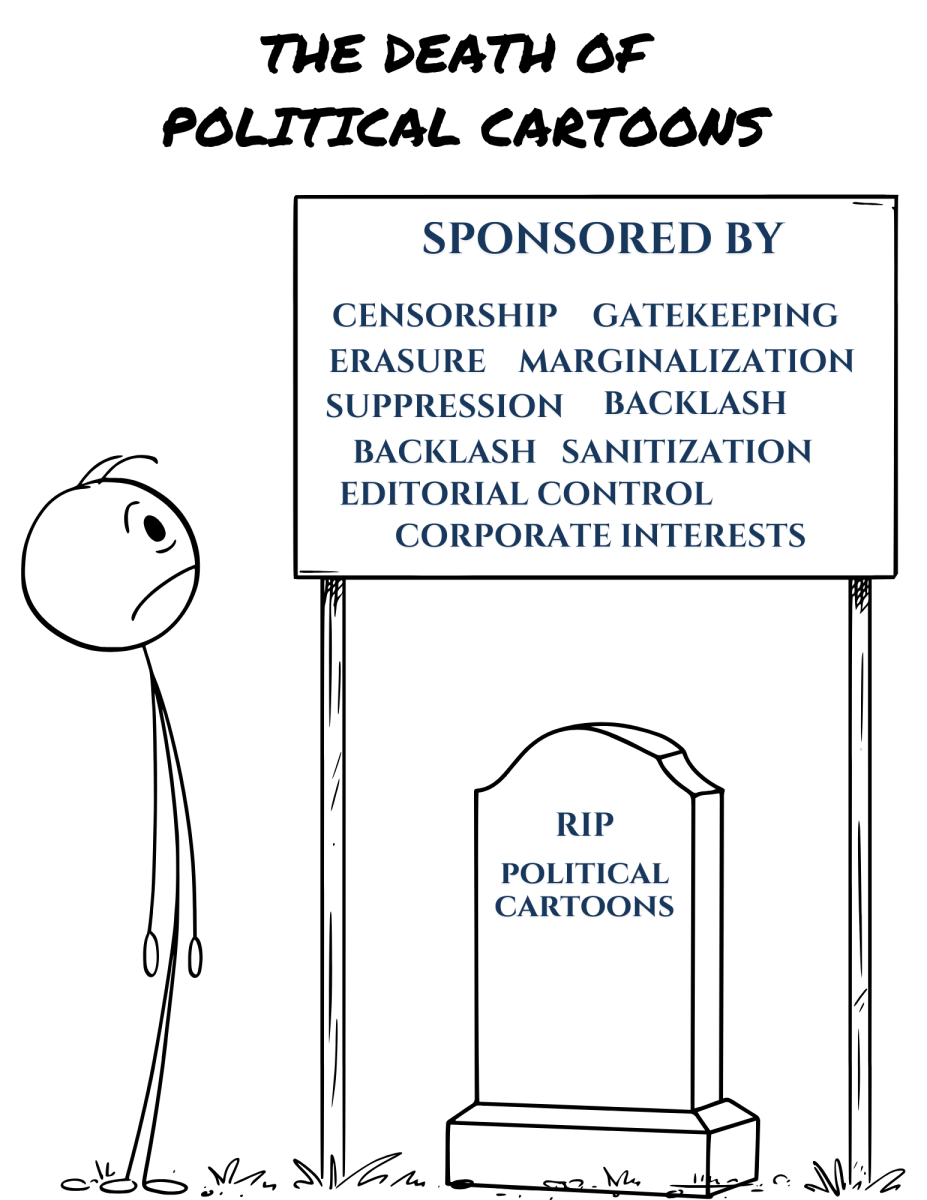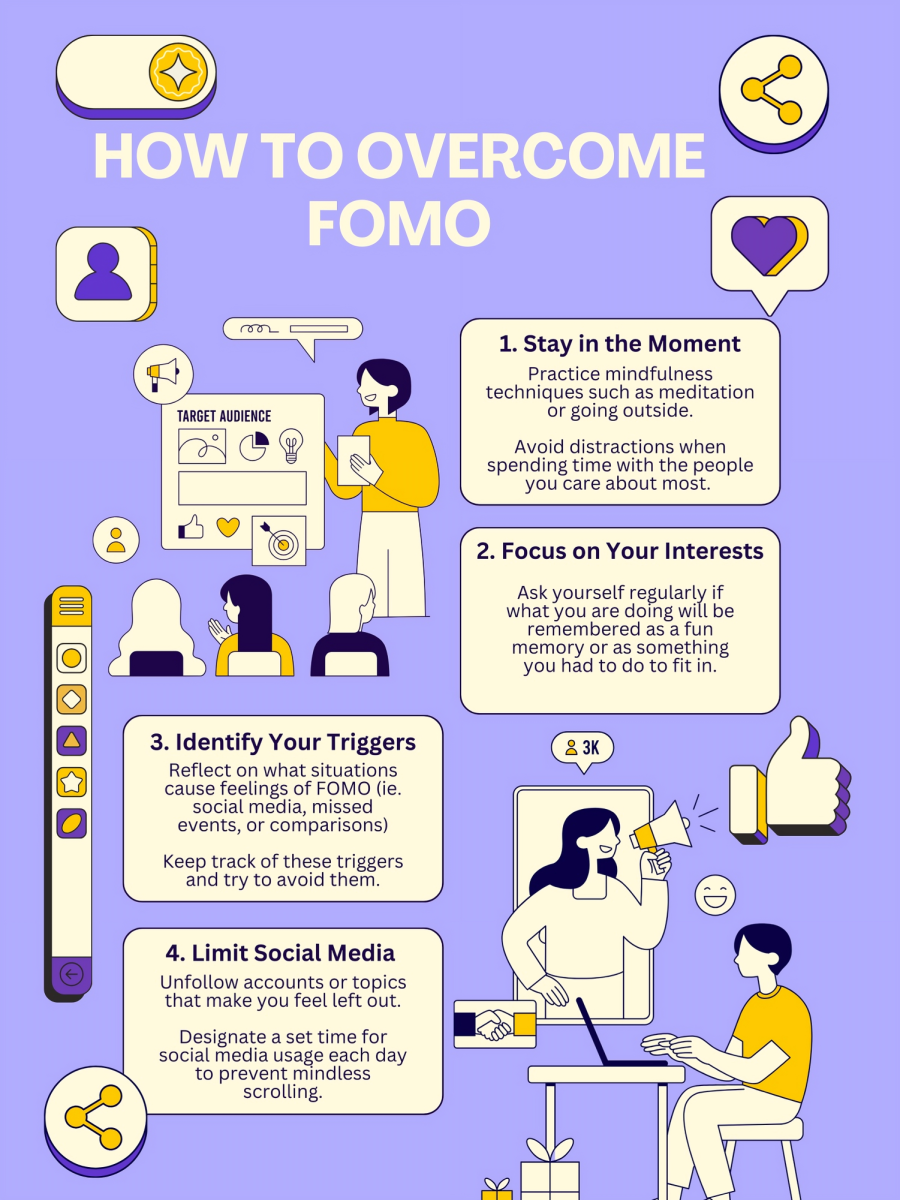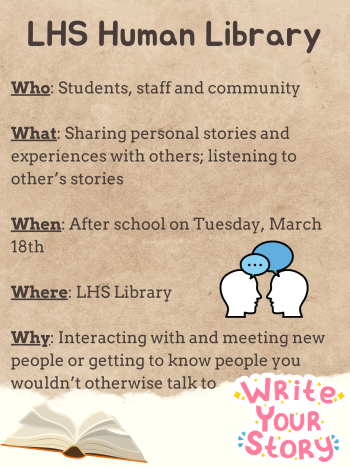Creating an app may sound like a complicated process, but to LHS junior Paul Morgan, it is his life’s passion. Morgan is the creator of the PreSchool Prodigy: Learn to Read, an app that works on all Android devices and iOS systems. Through the use of interactive flashcards, preschool students can learn to read everyday words with the app.
Incorporating much research, Morgan combined a list of the most frequently used sight words in children’s books to a whole-word approach that incorporates best-practice methodologies for instructing children on how to read. The list includes over 200 nouns along with an option for parents to input their own words.
As Morgan stated, “I firmly believe that the more knowledge you have at your disposal, the more power you have over whatever it is you chose to learn about.” The creation of PreSchool Prodigy: Learn to Read app was a necessity for Morgan. He cares about children and knows that beginning reading lies in the decoding of sight words, the building blocks of reading.
Morgan believes the simplicity of the app will appeal to preschoolers as well their parents. Students will be exposed to a word and then an easy tap on the device will reveal the visual representation of the word. “It’s basically just tapping a flashcard to flip it over. The app is actually much simpler and easier for a preschooler to understand,” Morgan explained. “It displays several flashcards. Each card has a word on the front and a corresponding picture on the back.”
Morgan first became interested in pursuing software design during his freshman year at LHS. “I taught myself JavaScript for fun. Since then, I was hooked. I later taught myself a couple more programming languages, found a developer environment, and hopped right to it,” the exuberant junior exclaimed.
Morgan made his dreams come true with some monetary help from his mother. “My loving mom trademarked the name and is funding me,” he stated. “The current cost is roughly $100 to have it placed in the App Store. I hope the outcome of this product is a solid app with a niche hopefully following.”
Making a successful app is not an easy process. According to Forbes Magazine, “The best apps only do one thing, but they do it very, very well.” Forbes believes that an app must be designed in terms of visual and user experience. The app must include virus protection as well as be available for both smartphone and Android use. If the app meets these standards, then there is a potential for success. Morgan’s PreSchool Prodigy: Learn to Read app meets Forbes criteria and is a free app, which Forbes suggests is critical to attracting first-time users.
For Morgan, making money is not his objective for creating the app. His priorities lie with product design and launching an app that is purposeful to his target audience.
For most software developers, the most difficult part of launching an app is the marketing. Jeremy Olsen, Apple Design Award Winner and founder of Tapity, advises to start early: “A huge launch is critical, especially to inexpensive apps.” Olsen suggests going to where Apple employees, tech writers, and developers are. This includes social media.
Morgan plans on using the social media of Twitter, Facebook, and word of mouth to market his app. Success for Morgan will be achieved when a difference in preschool reading is achieved.
For Morgan, making an app that addresses academic skills as its sole purpose to teach children how to read is rewarding for now, but his future holds no boundaries. “So far, making apps is my life’s plan. I plan on going to college for a double major in computer science and computer engineering.”
Morgan’s app will officially launch some time in June. He plans on releasing other apps this summer that will include achievement levels and educational goals designed to strengthen and improve student performance in reading.



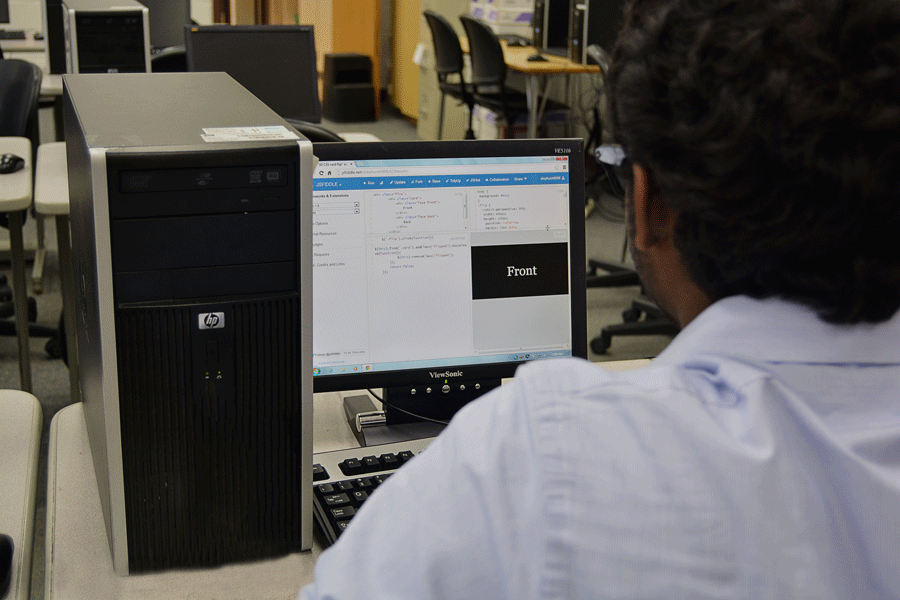
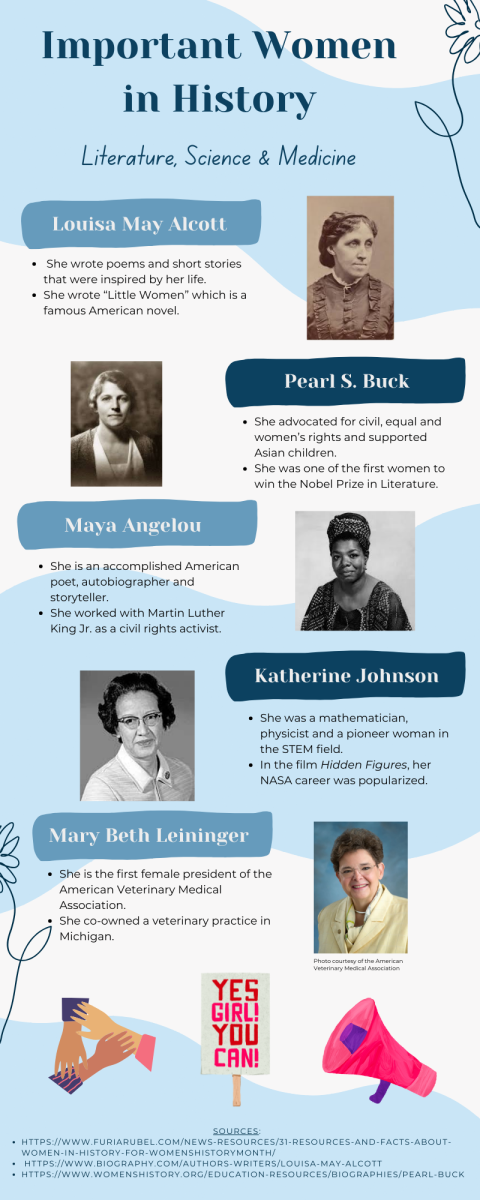
![Mr. Scott Brzezinski poses for a photo while working at ShurWay Moving in Libertyville where his cousin Mr. Eric Brzezinski also works. He appreciates that LHS prepares students for their future by providing a variety of opportunities. “[There are] a lot of different resources that LHS has between colleges and counselors,” he said. (Photo courtesy of Mr. Scott Brzezinski)](https://www.lhsdoi.com/wp-content/uploads/2025/02/Mr.-Scott-Brzezinski-Photo-2-1200x1200.jpg)
